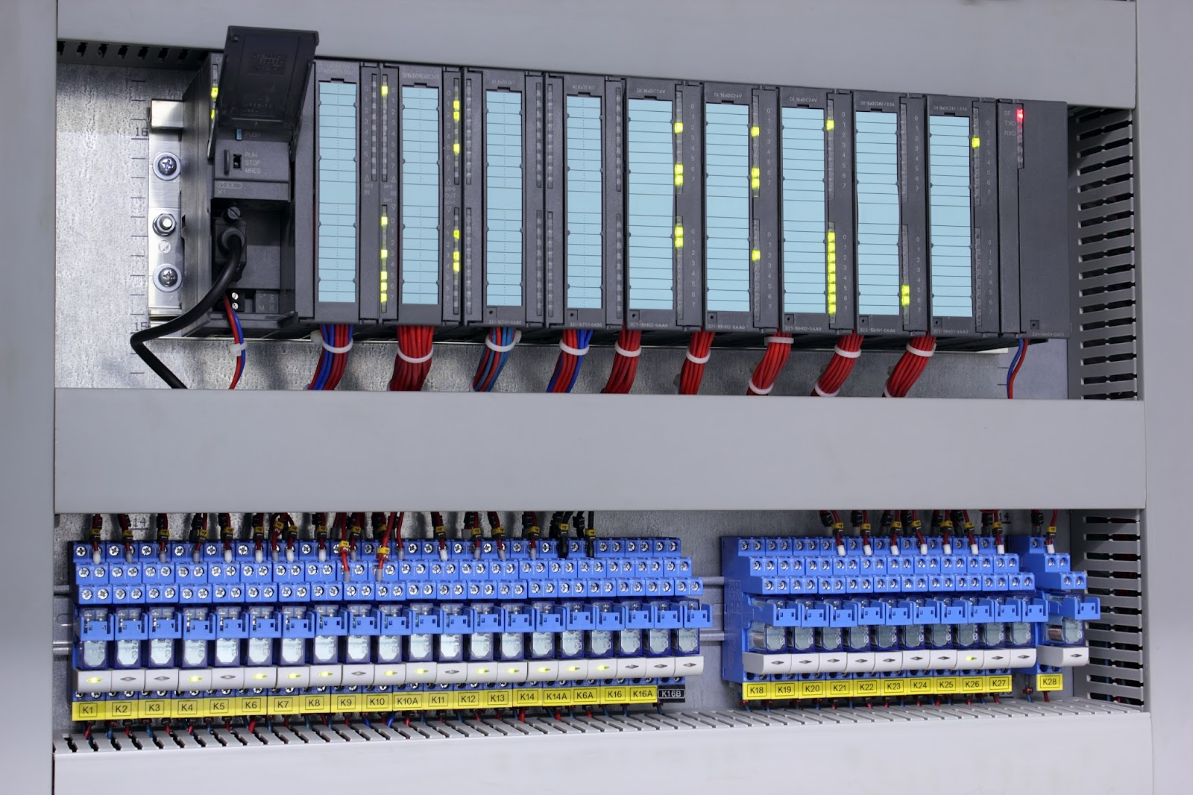The PV combiner box function mainly includes Convergence function, Protection function, Detection and monitoring function, and simplified wiring. The following is a detailed introduction and extension of the various functions of the photovoltaic combiner box.

PV combiner box function one – Convergence
The core function of the photovoltaic combiner box is convergence, that is, connecting the DC outputs of multiple photovoltaic arrays in parallel to provide a stable DC input for the inverter. The combiner box usually adopts a parallel wiring method. The DC output end of each photovoltaic array is connected to the DC input end of the combiner box through a separate fuse or circuit breaker, and then all DC input ends are connected in parallel to converge into a DC output. This method not only simplifies the cable wiring of the system, but also ensures the efficiency and stability of power transmission.
PV combiner box function two – Protection
The photovoltaic combiner box usually has a variety of protection functions to ensure the safe operation of the system:
Overcurrent protection: When the output current of the photovoltaic array exceeds the set value, the overcurrent protection device of the combiner box will automatically cut off the circuit to protect the inverter and other equipment from damage.
Overvoltage protection: When the output voltage of the photovoltaic array exceeds the set value, the overvoltage protection device of the combiner box will automatically cut off the circuit to prevent equipment damage.
Short-circuit protection: When a short-circuit fault occurs in the photovoltaic array, the short-circuit protection device of the combiner box will automatically cut off the fault circuit to prevent the fault from expanding.
Reverse connection protection: If the positive and negative poles of the photovoltaic array are reversed, the reverse connection protection device of the combiner box will automatically cut off the circuit to prevent equipment damage.
Lightning protection: The combiner box usually has a built-in lightning protection device to absorb the surge voltage generated by lightning strikes and protect the equipment from lightning damage.
These protection functions ensure the safety and reliability of the photovoltaic system under various abnormal conditions.
PV combiner box function – Detection and monitoring

Modern photovoltaic combiner boxes also have detection and monitoring functions, which can monitor the output current, voltage, power and other parameters of the photovoltaic array in real time. These data can be collected by current sensors and voltage sensors and provided to the monitoring system. The combiner box equipped with a communication module can transmit data to the monitoring center wirelessly or wiredly, which is convenient for remote monitoring and management. This real-time monitoring function allows users to understand the operating status of the photovoltaic system at any time, discover and deal with potential problems in a timely manner, and improve the operating efficiency of the system and the convenience of maintenance and management.
PV combiner box function – Simplified wiring

The photovoltaic combiner box can combine the DC output of multiple photovoltaic arrays into one, reducing the number of cables connected to the inverter, thereby simplifying the wiring of the system. This not only reduces the installation cost, but also reduces the complexity of cable laying, and improves the overall aesthetics and maintainability of the system. In large-scale photovoltaic power generation systems, the advantages of this simplified wiring are particularly obvious, which can greatly reduce installation time and material costs.
Conclusion
The photovoltaic combiner box plays a vital role in the photovoltaic power generation system. Through the convergence function, it concentrates the output current of multiple photovoltaic arrays into one, providing a stable DC input; through the protection function, it ensures the safe operation of the system under abnormal conditions such as overcurrent, overvoltage, short circuit, reverse connection and lightning strike; through the detection and monitoring function, it realizes real-time monitoring and remote management of the system operation status; through the simplified wiring function, it reduces the installation cost, simplifies the system wiring, and improves the overall efficiency and aesthetics of the system. With the continuous development of photovoltaic technology, the functions and performance of photovoltaic combiner boxes will continue to improve, which will provide a basis for the efficient, safe and reliable operation of photovoltaic power generation systems.






